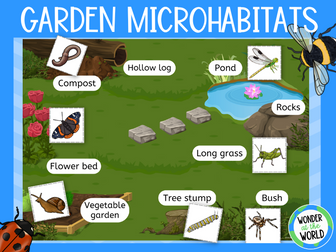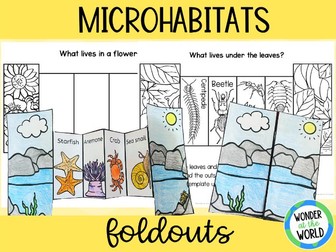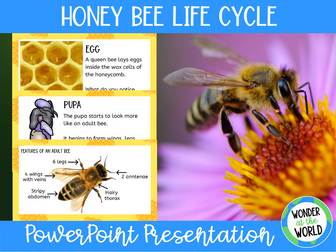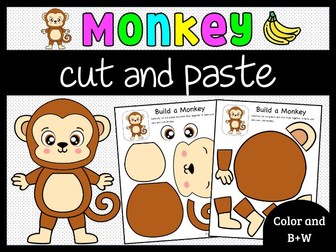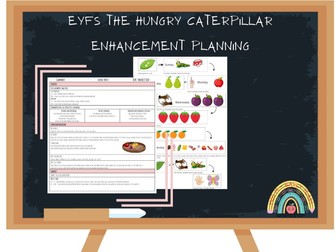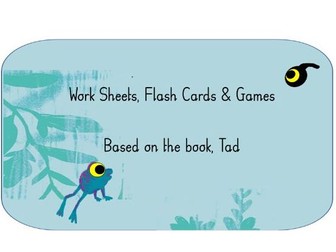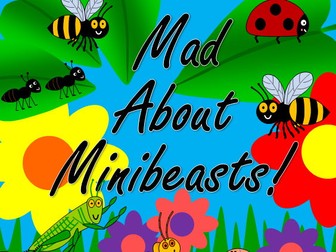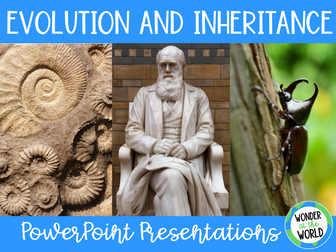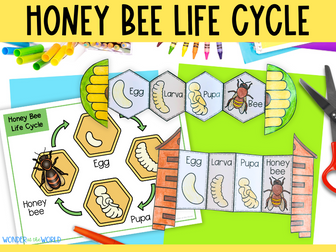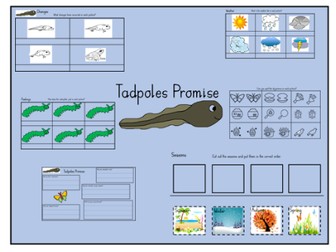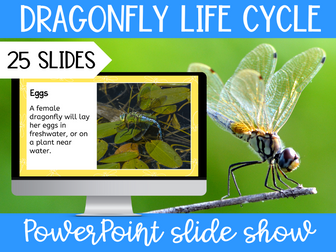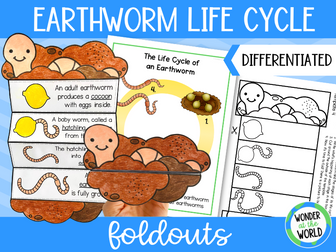
Minibeasts garden microhabitats sorting activity KS1 science
This KS1 microhabitats (or micro-habitats) activity is a fun way for children to explore where minibeasts would like within a garden. They’ll also think about why different minibeasts prefer different microhabitats.
Use this resource to support a year 2 science lesson about local habitats/microhabitats or before exploring the microhabitats in your school grounds.
This resource includes:
A3 printable garden (with and without microhabitat labels)
A4 printable garden (with and without microhabitat labels)
12 common minibeasts to place in the garden
Minibeast ID sheet
Guidance notes on how the resource could be used, including follow up questions to explore together.
Primary science link:
identify that most living things live in habitats to which they are suited and describe how different habitats provide for the basic needs of different kinds of animals and
plants, and how they depend on each other
identify and name a variety of plants and animals in their habitats, including micro-habitats
